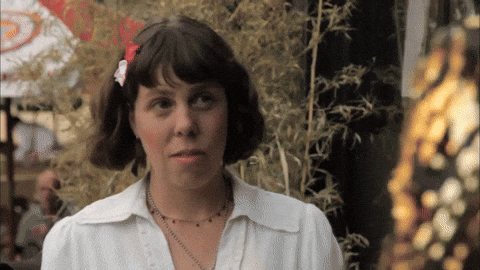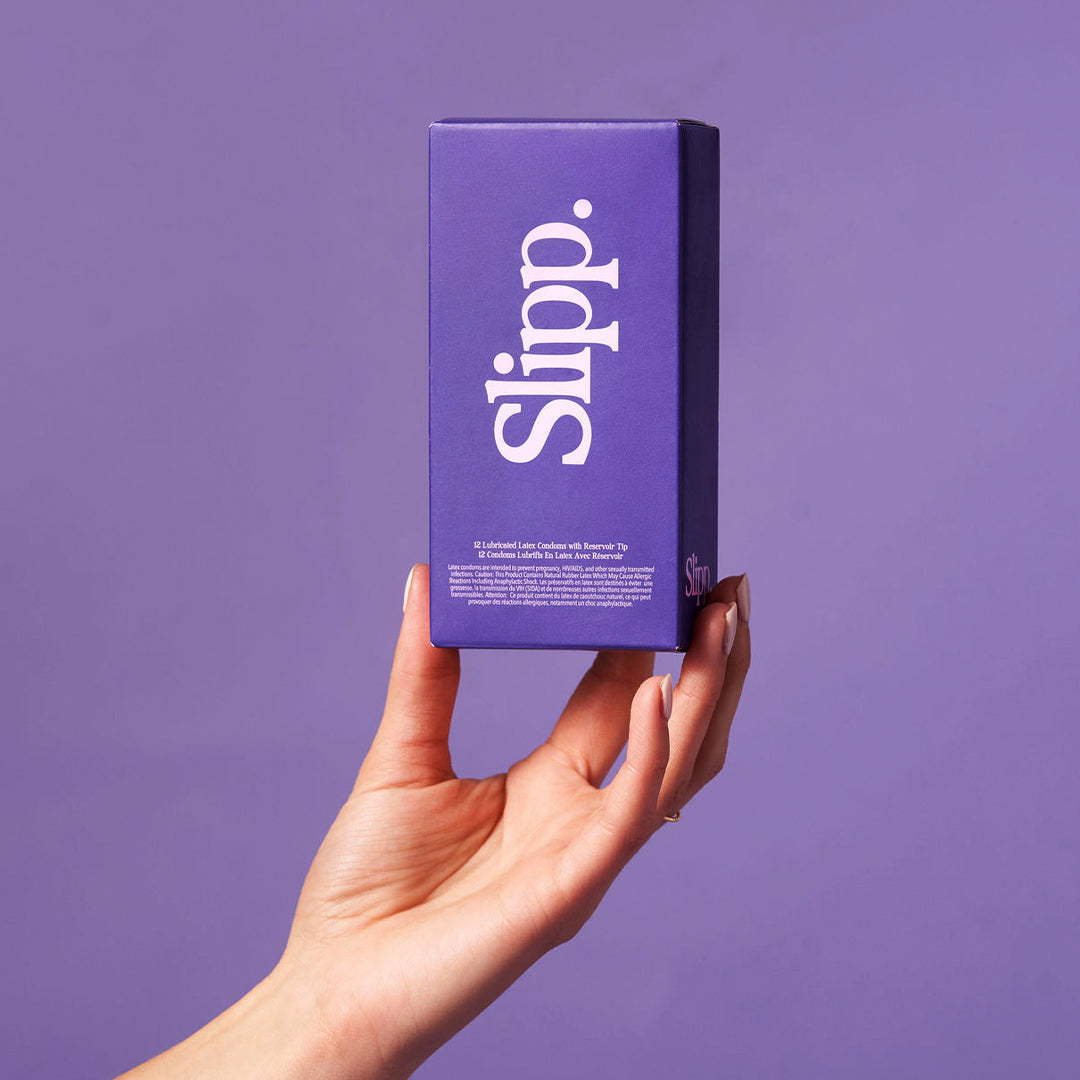We often think of desire as black and white: you either feel it, or you don't. But it turns out it's not that simple.
Desire can show up differently for everyone. It can vary over time, in different contexts, and be impacted by things like age, health, stress, and other factors.
Author and researcher Dr. Emily Nagoski acknowledges a framework of 3 types of desire:
- Spontaneous
- Responsive
- Mixed
Understanding the different ways people experience desire can help you better understand your needs and the needs of your partner. So let's dive into each one:

1. Spontaneous Desire
Spontaneous desire is what we typically think of when it comes to desire. It's that instant "spark" that comes out of the blue making you want your partner right there and then. It happens without any stimulation.
According to Nagoski's research, 75% of men and 15% of women experience spontaneous desire.

2. Responsive Desire
Responsive desire, on the other hand, occurs in reaction to sexual stimuli. For example, you might respond to your partner touching you or initiating sex in some way.
About 5% of men and 30% of women report experiencing responsive desire.
If you experience responsive desire, it can be helpful to acknowledge it and invite your partner to engage with you sexually.

3. Mixed Desire
Lastly, about 55% of women and 20% of men experience mixed desire - the combination of spontaneous and responsive desire.

In Conclusion...
There is no right or wrong way to experience desire. It can change over time and in different contexts, so the best thing to do is be aware of it and acknowledge your needs and wants. Get to know your partner's desire type, and see how you can work together to embrace your differences and keep the sparks going.


